COLUMBIA, S.C. — Back in the 1950's, Wheeler Hill was predominantly known as a black working-class neighborhood, directly adjacent to the University of South Carolina campus in downtown Columbia.
Over the years, most of the population was displaced due to the expansion of USC. While some properties were purchased outright, others were taken using the sanctioned policy of eminent domain -- when the government takes private property for public use by compensating the property owner.
News19’s Brandon Taylor looks back the transformation of Columbia’s Historic Wheeler Hill Neighborhood.
“I can say I have enjoyed living here,” says Fphine Mickle. “I came here in 1959 and this is my little area…Pickens Street and I've enjoyed it."
At 91-years-old, Mickle stands on the front porch that she's called home for more than six decades. Mickle has had a front row seat to history and has seen a lot of changes in the Wheeler Hill community.

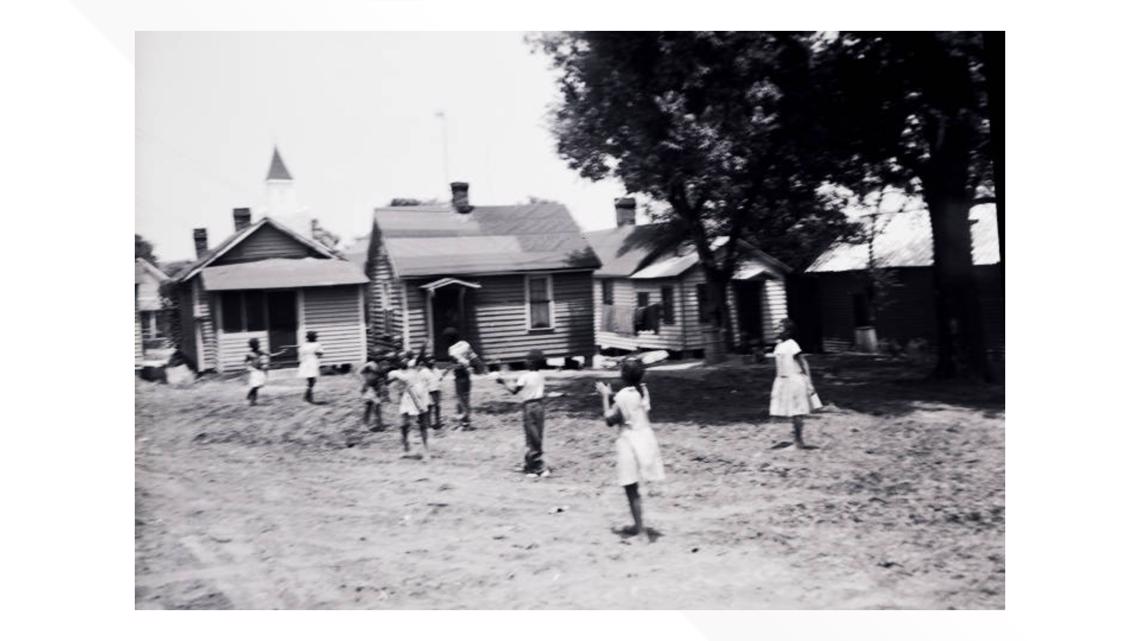
“It was nice for the people that wanted it to be nice, like everywhere else,” says Mickle. “For me, I was a beautician and when most people found out, they would bring their children. I learned to love everybody and we got along great."
Alberta Mack was one of Mickle’s young clients and has fond childhood memories growing up in what she describes as a close-knit community.
"It was lovely. It was really nice and quiet,” says Mack. ”You didn't have to worry about anyone coming to your home, breaking in or anything. Everybody was just like a family. It was really nice living here."
John Sheerer with Historic Columbia has worked with a lot of people over the years to gather the history of Wheeler Hill which was established back in 1870 by Dr. Ezra Wheeler.
"In 1871, just about a year after Dr. Wheeler comes to Columbia, he sells a tract of land to the congregation for St. James AME,” says Sheerer. “You then have the creation of St. James and you have creation of Antioch Baptist Church and these two churches help stimulate investment and people moving to that area."

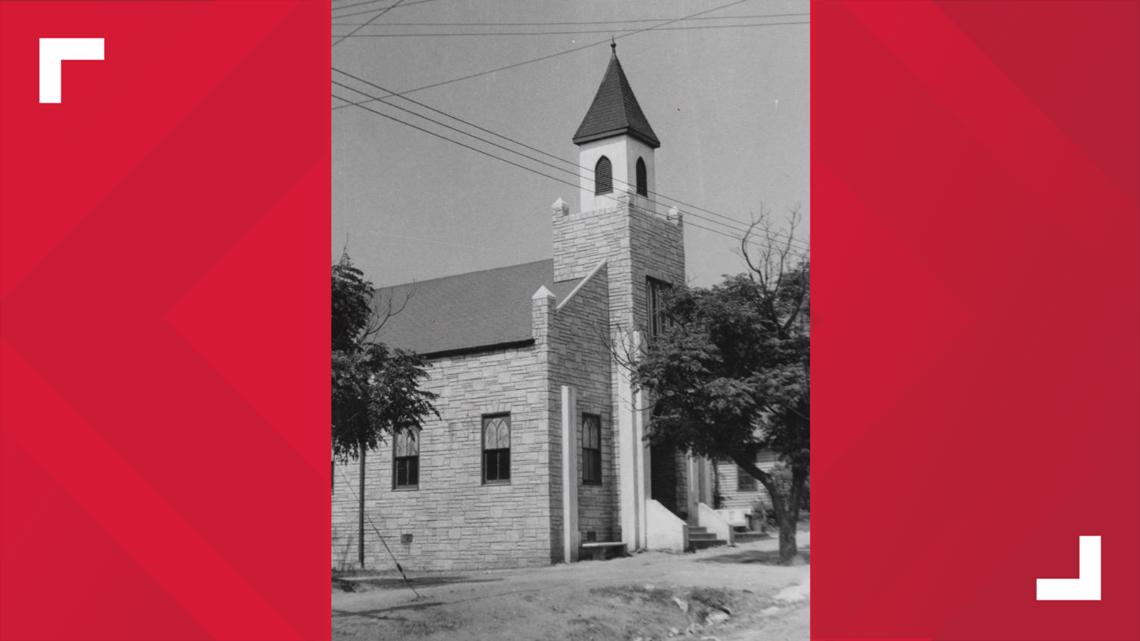
By 1950, more than 200 families lived in Wheeler Hill. The neighborhood consisted of wooden, shotgun styled homes. Mack remembers attending Florence C. Benson Elementary School, later known as Wheeler Hill School, which still stands today.

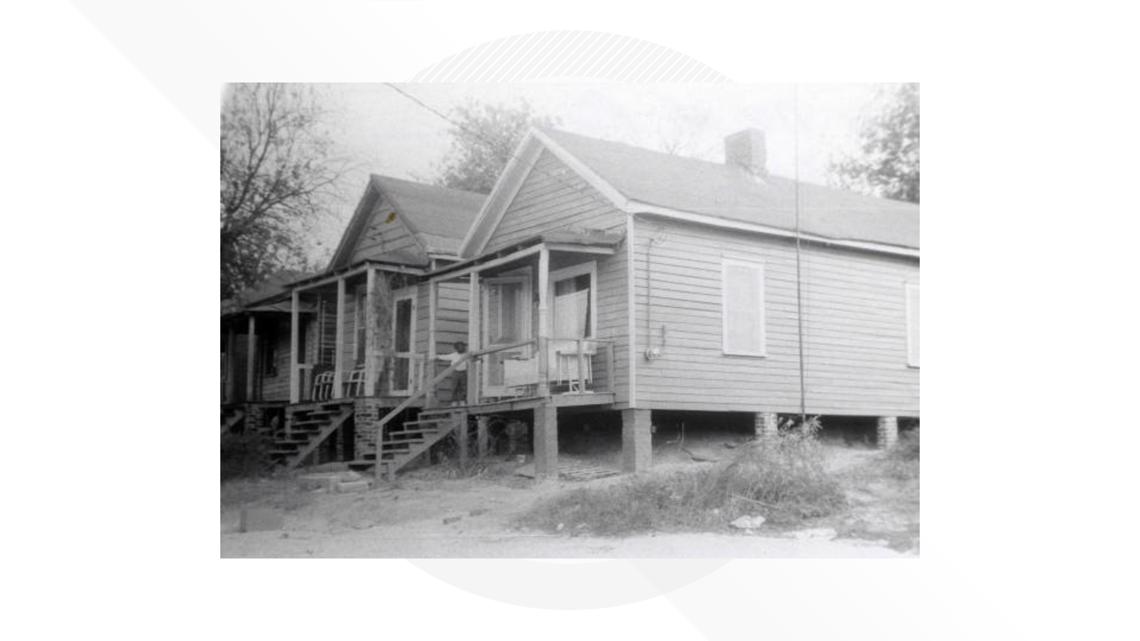
"I started at Saxon School from the first and second grade and then they built Benson back in the fifties,” says Mack. “I started over there in the third grade and I stayed there until the seventh grade and then we moved to the Booker T Washington High School in eighth grade."
"There's a great photograph from 1949 that John Hensel a local photographer took of a lunch counter and I love this picture, because it shows the neighborhood right at the time, the very year that the Fair Housing Act in 1949 creates this ability for the federal government to empower local governments in their urban renewal efforts and it's urban renewal that ultimately is used as a tool for the transformation that takes place,” says Sheerer.

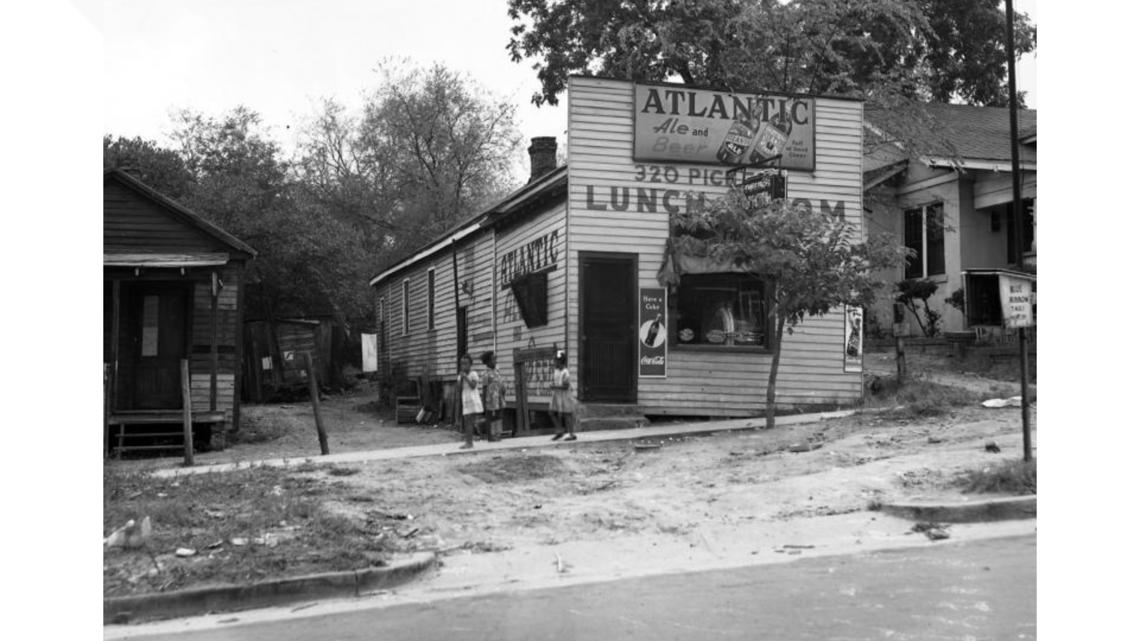
Sheerer says the transformation of Wheeler Hill was subtle at first, but is one that caused a tremendous amount of controversy.
"I think once one family started moving out, then another families started moving out,” says Mack.
Families started leaving because of laws and policies enacted by the federal government which gave entities, like the University the ability to purchase or take land for a variety of purposes.
According to research found in The Journal of Historical Geography, the 1965-1985 long-range Campus Extension Plan for the University included the intent to use Wheeler Hill and immediate surroundings for student housing.

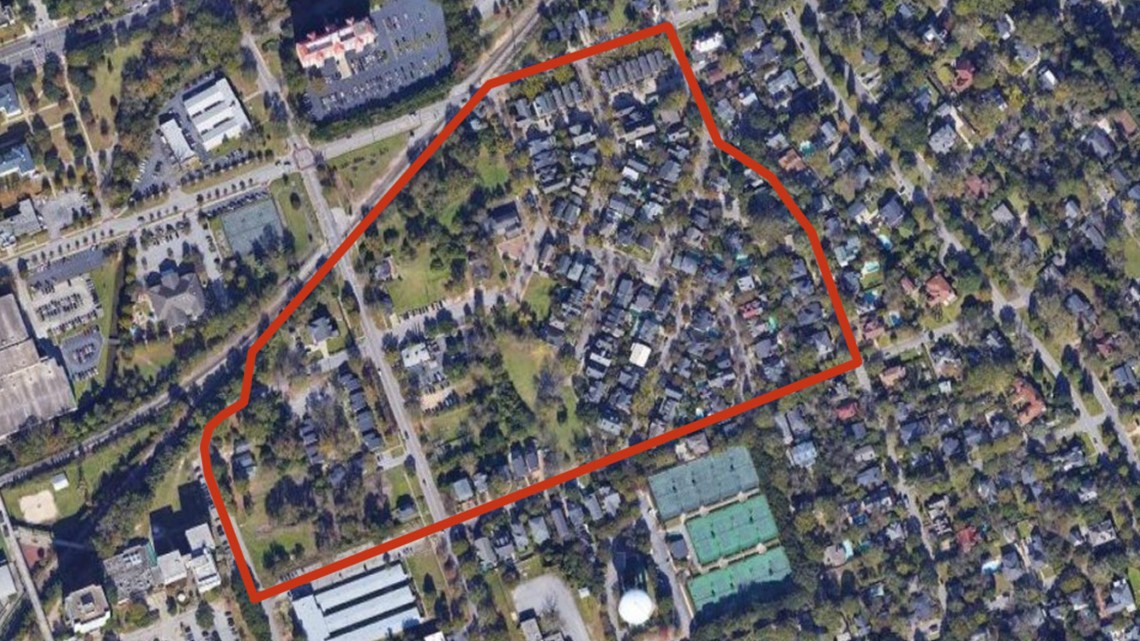
“They just went from one area to the other and I just decided I was going to say here,” says Mickle. “I’m really, the only one here now that was here when I came."
Even though she’s been approached multiple times about selling her property, Mickle wants to remain with the memories of those who have gone on before her.
"I'm happy and blessed and happy to know that I lived this long,” says Mickle. “I miss my people, but we do know the best of friends in God.”

